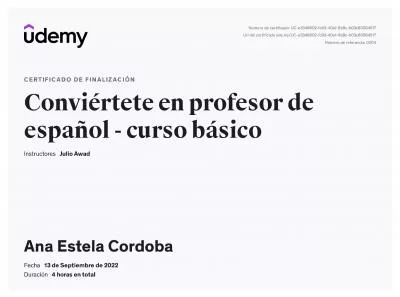PPT-How to Effectively Manage Time in My Spanish Classroom
Author : tatiana-dople | Published Date : 2018-03-23
By Kaitlyn Stradtmann Before the Class Arrives Have materials available and ready have PowerPoint up on my computer vocab lists and other sheets printed out and
Presentation Embed Code
Download Presentation
Download Presentation The PPT/PDF document "How to Effectively Manage Time in My Spa..." is the property of its rightful owner. Permission is granted to download and print the materials on this website for personal, non-commercial use only, and to display it on your personal computer provided you do not modify the materials and that you retain all copyright notices contained in the materials. By downloading content from our website, you accept the terms of this agreement.
How to Effectively Manage Time in My Spanish Classroom: Transcript
Download Rules Of Document
"How to Effectively Manage Time in My Spanish Classroom"The content belongs to its owner. You may download and print it for personal use, without modification, and keep all copyright notices. By downloading, you agree to these terms.
Related Documents

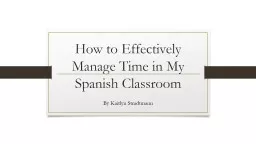
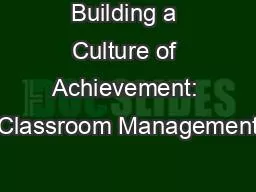
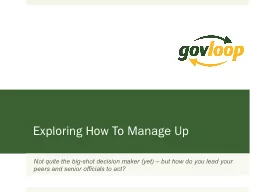
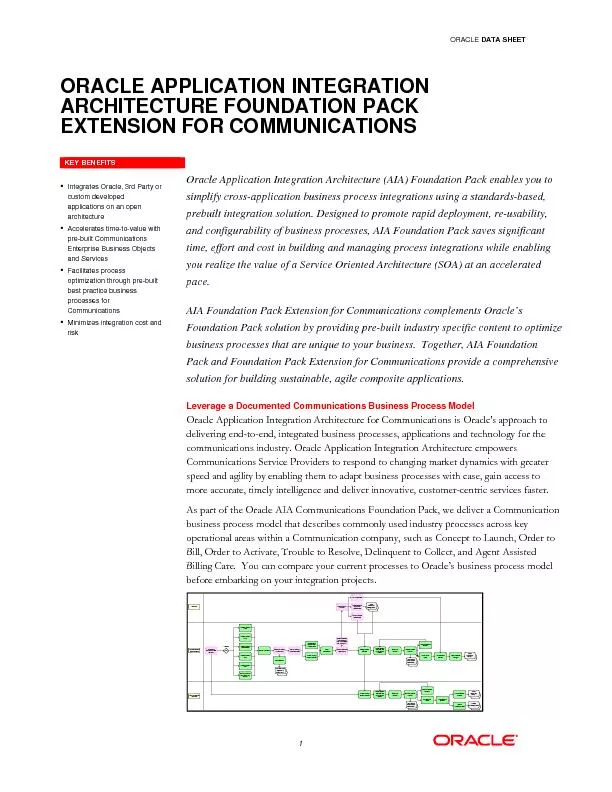
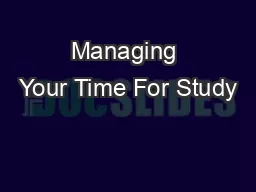
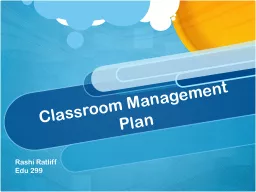
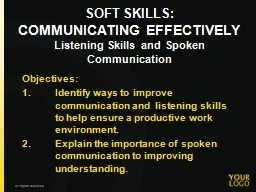
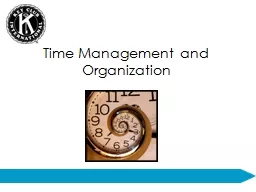
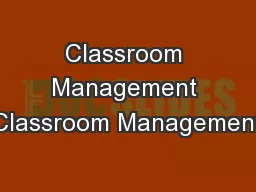
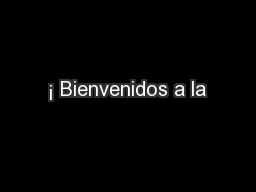

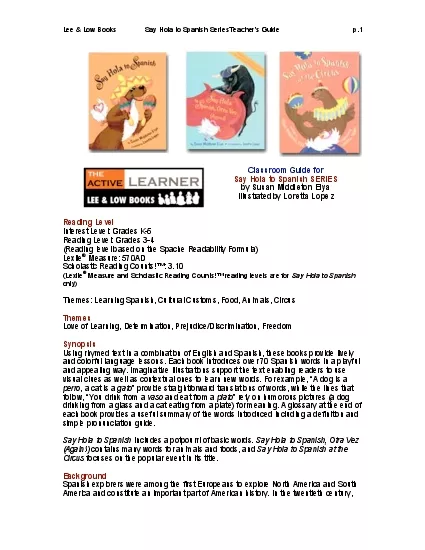
![[EBOOK] Getting Started with Spanish: Beginning Spanish for Homeschoolers and Self-Taught](https://thumbs.docslides.com/1008295/ebook-getting-started-with-spanish-beginning-spanish-for-homeschoolers-and-self-taught-students-of-any-age-homeschool-spanish-teach-yourself-spanish-learn-spanish-at-home.jpg)
